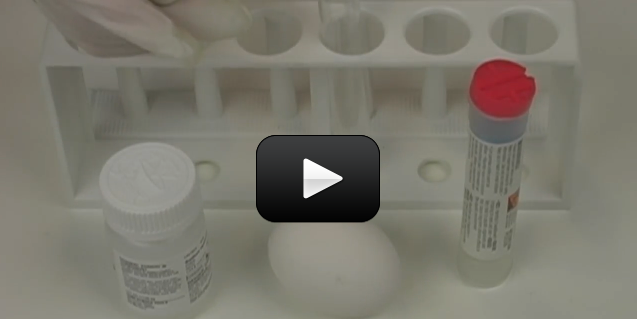This experiment is for advanced students. Hydrolysis is a chemical reaction that involves breaking a molecular bond using water. In chemistry, there are three different types of hydrolysis: sat hydrolysis, acid hydrolysis, and base hydrolysis. In nature, living organisms survive by making their energy from processing food. The energy converted from food is stored in ATP molecules. To release the energy stored in food, a phosphate group breaks off an ATP molecule (and becomes ADP) using hydrolysis and releases energy from the bonds.
Please login or register to read the rest of this content.

